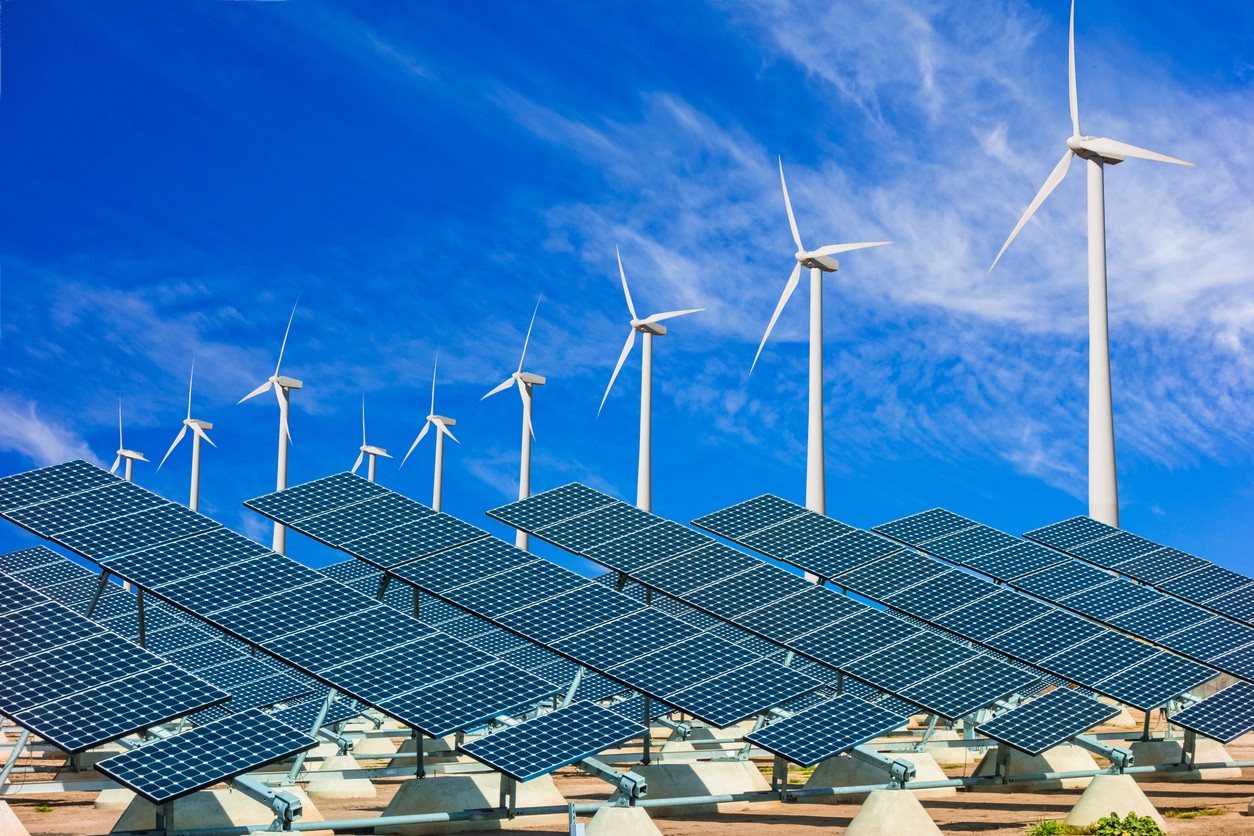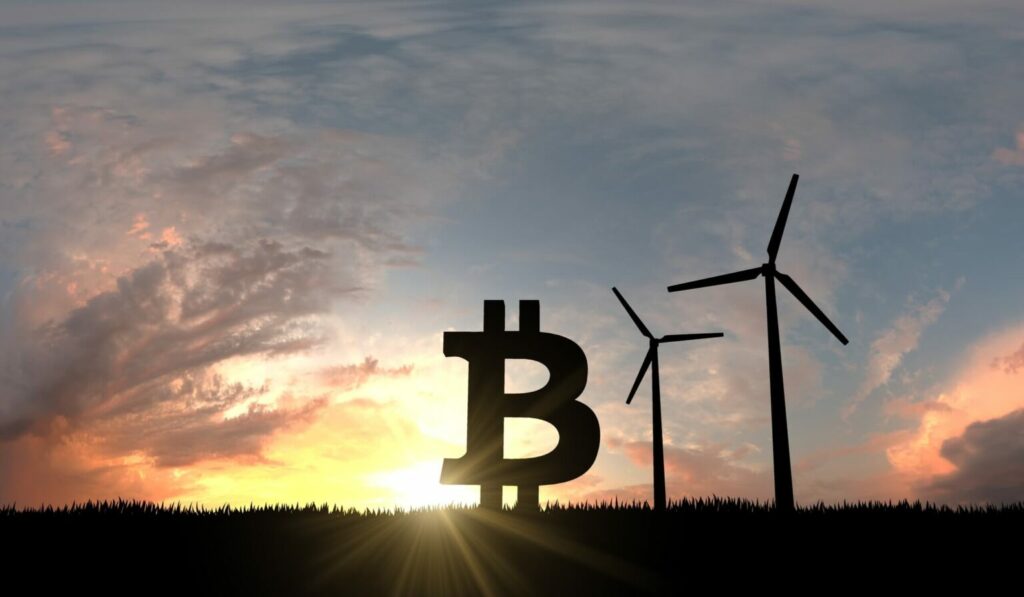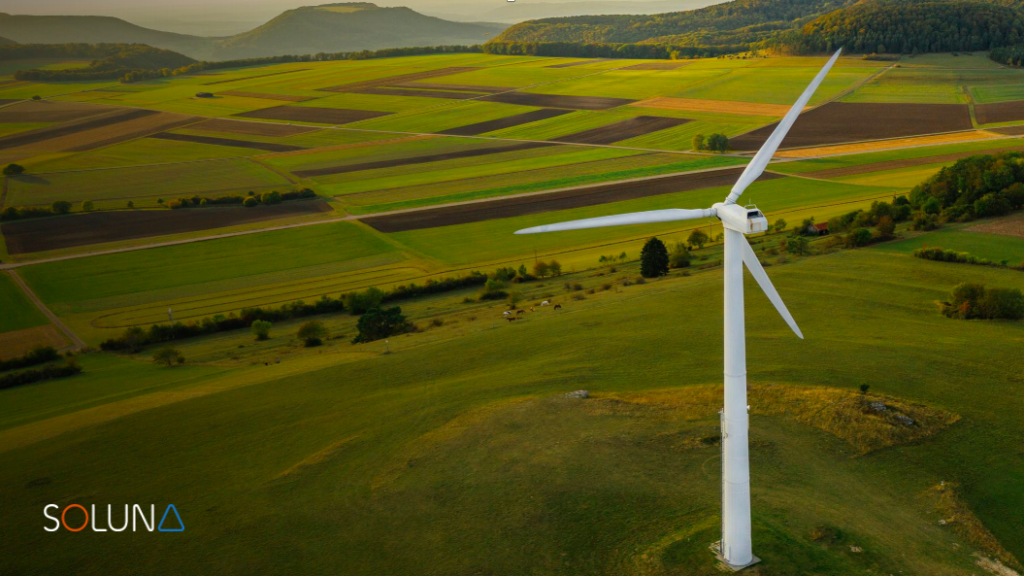The Inflation Reduction Act is at its core a climate bill. While it does lower prescription drug costs, make healthcare more affordable, and enable the IRS to do their job, the bill is really the single greatest investment — $369 billion — in climate change in U.S. history.
The passage of the IRA has sweeping implications for our collective ability to combat climate change, as well as for the ability of millions of individual Americans to afford health insurance, and for the future of the U.S. economy.
The bill signals an unprecedented vote of confidence from a majority of Americans (and our representatives in public office) that climate change is not just an existential threat but also an immediate one, and that transitioning our energy sources is an essential part of the solution.
We are huge proponents of this bill, and are excited by its passage. Here are a few of the ways we expect the U.S. energy grid will change as a result of the Inflation Reduction Act.
1/
The IRA focuses on making clean energy cheap and abundant by subsidizing the build-out of these assets. Subsidies are effective economic incentives. They’re a quick and direct way to encourage the development of more renewable projects without having to invest time or energy into building accommodating infrastructure. Subsidies also blunt and distort normal economic signals. We applaud the provisions in the bill that encourage clean energy jobs and development in economically disadvantaged regions, which support a just and equitable transition.
2/
The IRA will result in a massive expansion in both electricity generation and load. The bill provisions for 130 GW of solar and 30 GW of wind constructed annually from now through 2035, where currently the U.S. has about 235 GW of installed solar and wind total. This means that 160 GW of new solar and wind projects will get built every year for the next 13 years. Overall electrical demand is expected to increase roughly 30% over that same time period, which means, very simply, by 2035 a significantly greater percentage of the energy generated in the U.S. will be from renewable, intermittently generated sources. The implications on energy consumption are complex.
3/
Tax credits for new transmission lines didn’t make it into the IRA. Part of the rationale behind not making transmission a priority of the bill is that even with economic incentives it will likely be difficult to get large-scale transmission expansion without reforms on eminent domain, permitting, and citing of transmission. Senator Manchin and Majority Leader Schumer are currently working out the details of a separate bill that includes provisions for permitting, which they hope to pass later this year if they can secure the necessary Republican votes. For now, a lack of transmission build-out will result in more energy resources being trapped locally.
4/
The bill does include provisions for energy storage. Stand-alone energy storage projects are now eligible for the Investment Tax Credit (ITC), which has been increased from 26% to 30%. Previously, energy storage projects were only eligible for the ITC if they were co-located with solar panels. This will potentially shift incentives significantly, encouraging the development of more stand-alone storage facilities. (According to the U.S. Energy Information Administration, over 93% of battery capacity that went online in 2021 was paired with solar energy.) Additionally, $60 million allotted toward manufacturing clean energy technologies includes batteries, in addition to solar panels, wind turbines and the facilities that make electric vehicles. More storage is good news for grid flexibility.
Wright’s Law will continue to drive the accelerated construction and development of new green resources. Wind and solar, already the cheapest forms of energy in history, will continue to benefit from increased development as well as additive cost-savings derived from subsidies. In the coming years, renewable sources will not only overtake fossil fuels as cost-effective alternatives; they will do so at an accelerating pace.
This combination of accelerating forces — with heavy investment in production, but scaled back provisions around transmission — will result in vast amounts of stranded and curtailed energy. Some operating solar and wind farms already lose up to 30% of their generated power because of a mismatch of supply and demand on the grid. With more stranded energy resources comes increased demand from power producers for solutions to monetize their excess generation. More than ever, there will be a need for flexible energy loads that can balance out the instabilities of the grid and improve the economics of renewable energy projects.




